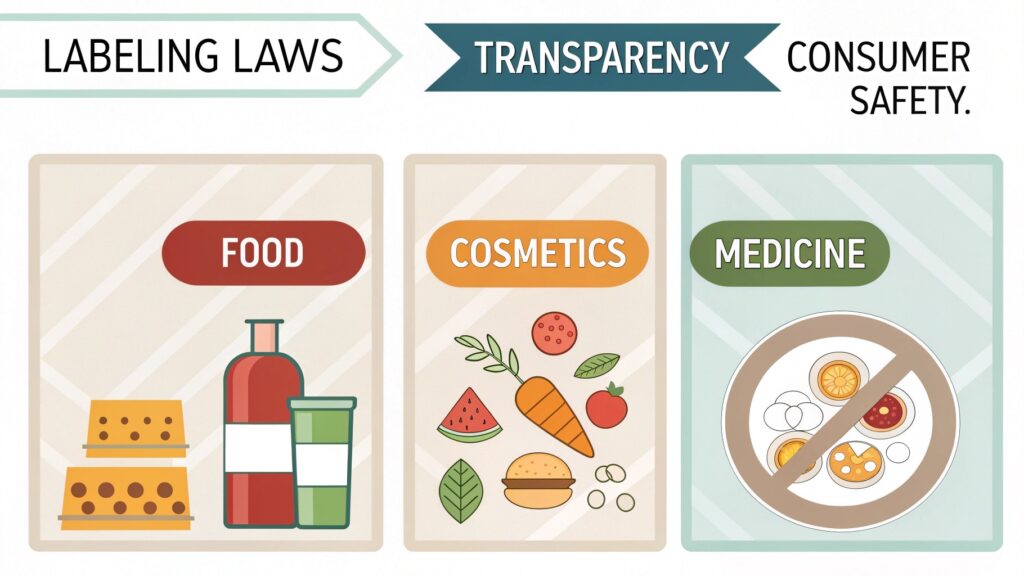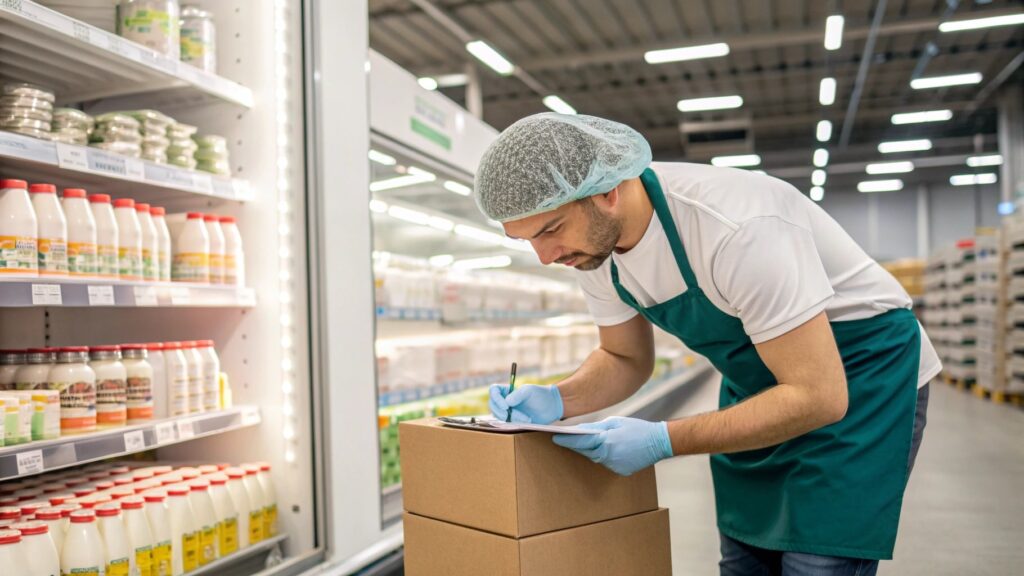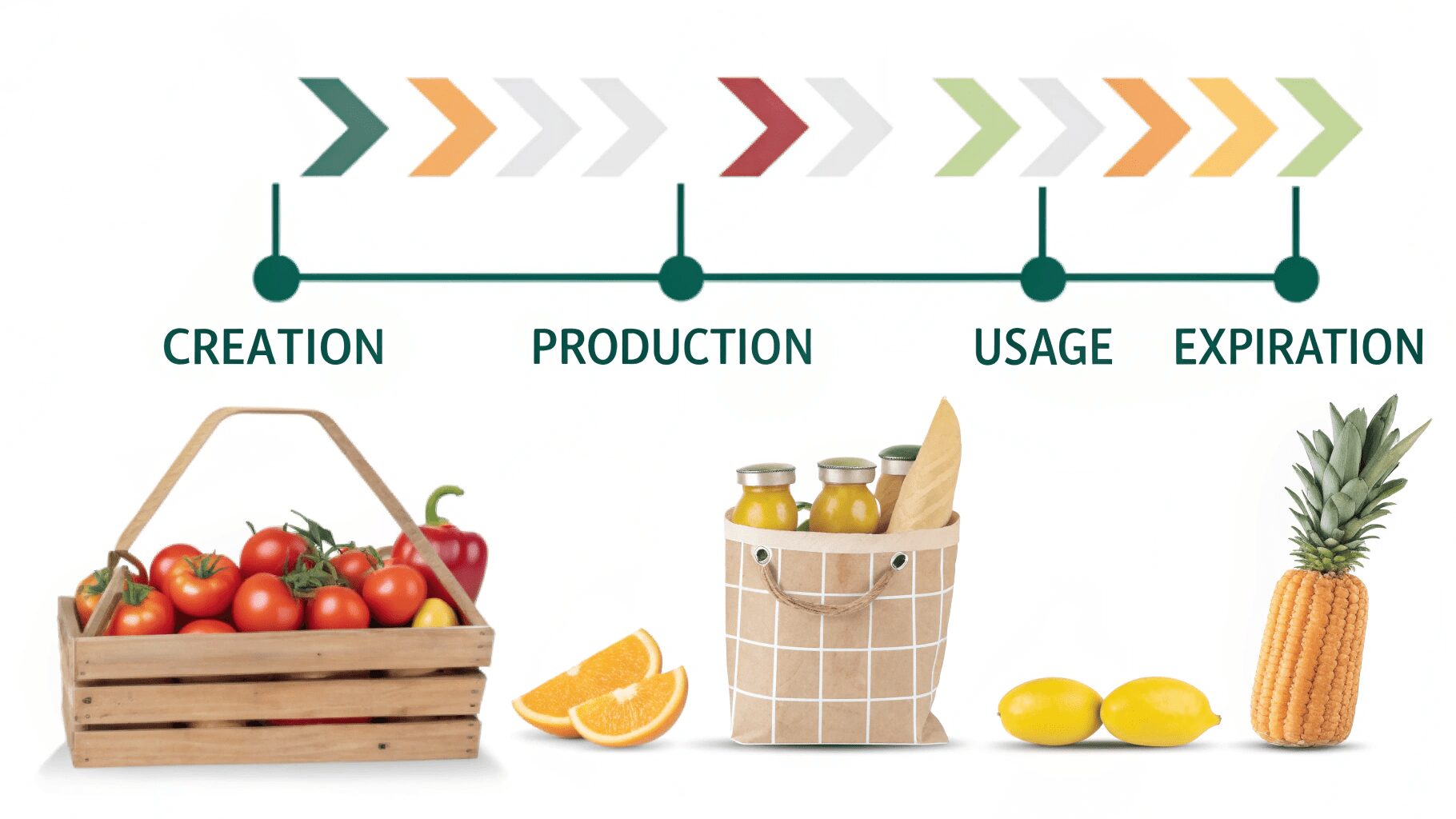Every product we buy has a timeline — from its creation to the moment it expires. The connection between date, duration, and quality defines how safe and effective a product remains over time. These three factors form the foundation of responsible production and consumption.
When consumers and companies understand this link, they can avoid risks, maintain quality, and build trust. Ignoring product dates or shelf life can cause health issues, product failures, or loss of customer confidence. Therefore, learning about their importance benefits everyone involved in the product chain.
2. What Does “Fecha de Caducidad” and “Duración Mínima” Mean?
In Spanish, “fecha de caducidad” means expiration date, and “fecha de duración mínima” refers to best before date. Both tell us how long a product remains safe or maintains its best qualities. The expiration date marks when it becomes unsafe, while the best-before date indicates a possible drop in taste or texture but still safe for use.
Understanding these differences prevents unnecessary waste. Many consumers discard food after the best-before date, even when it’s still safe. Learning to read these labels correctly helps save money, reduce waste, and protect the environment.
3. The Importance of Quality in Product Safety and Consumer Trust

Quality ensures that a product meets its promised standards of performance, taste, and safety. When companies maintain consistent quality throughout the product’s life, they build trust with consumers and strengthen their brand reputation.
On the other hand, poor-quality products damage credibility and may cause health or safety risks. By managing production, testing, and storage carefully, manufacturers can guarantee that every product maintains the same level of excellence from start to finish.
4. How Expiration and Duration Affect Product Quality Over Time
Time has a direct impact on a product’s safety and performance. The duration from production to use determines how long the product stays effective, safe, or enjoyable. For instance, food can spoil, cosmetics can lose their texture, and medicines can become ineffective after a certain time.
External factors like light, temperature, and humidity accelerate these changes. That’s why expiration dates are necessary—they protect consumers from harmful or ineffective products. Following these dates ensures that products are used at their best quality.
5. Key Factors That Influence Shelf Life and Quality Maintenance
Many factors control how long a product can stay good. Storage temperature, humidity, packaging quality, and exposure to air or light all play a role. For example, airtight packaging keeps snacks fresh longer, while poor sealing causes them to spoil quickly.
Companies use scientific methods such as stability testing and protective packaging to extend shelf life. Consumers can also help maintain quality by storing items correctly, like refrigerating dairy or sealing dry foods properly.
6. Legal Standards and Labeling Regulations Explained

Labeling laws ensure transparency and consumer safety. In most countries, it’s mandatory to include production and expiration dates on food, cosmetics, and medicine packaging. These details help customers know when a product should be consumed or discarded.
Manufacturers are legally responsible for accurate labeling. Wrong or missing information can result in fines, recalls, and damage to brand image. Following regulations not only prevents legal problems but also strengthens public trust in the company.
7. Common Consumer Misunderstandings About Expiry Dates
Many people confuse best-before and use-by dates, leading to unnecessary waste. The best-before label only means the product might lose some freshness, not that it’s unsafe. The use-by label, however, marks the last safe day for consumption.
By learning this difference, consumers can avoid wasting food that’s still safe to eat. Educational campaigns and clear labeling help people make smarter and more sustainable choices while staying safe.
8. Impact of Expiration Labels on Food Waste and Economy
Expiration labeling affects both the environment and the economy. Millions of tons of food are wasted every year because people misunderstand what the labels mean. This not only wastes food but also increases production costs and environmental harm.
Better awareness can solve much of this issue. When consumers understand expiration and duration labels, they can reduce waste, save money, and make the food system more sustainable.
9. Technological Innovations for Quality and Shelf-Life Tracking
Modern technology is transforming product tracking. Smart packaging now includes sensors that change color when a product is no longer fresh. QR codes can give users real-time details about product quality and storage conditions.
These innovations make labels more accurate than simple printed dates. They also help companies reduce waste and increase transparency. As smart systems become more common, product safety and quality will continue to improve.
10. Best Practices for Manufacturers and Retailers

Manufacturers should ensure that every label is clear, accurate, and compliant with the law. Using high-quality packaging materials, maintaining proper storage conditions, and monitoring product freshness are vital steps.
Retailers can play their part by rotating stock properly and educating customers about date labels. Discounting near-expiry items instead of discarding them can also reduce waste and attract eco-conscious buyers.
11. Educating Consumers: Reading and Interpreting Product Dates Correctly
Consumers must learn to read and understand labels. Knowing the difference between expiration and best-before dates allows people to make safe and economical choices. They can also store products better to extend shelf life.
Awareness campaigns in schools and supermarkets can teach people how to interpret product dates correctly. With better understanding, consumers can reduce waste, stay healthy, and build a sustainable consumption culture.
12. Conclusion: Why Date, Duration, and Quality Must Work Together
Date, duration, and quality are connected pillars of product safety and reliability. When companies set correct dates, maintain quality, and educate consumers, everyone benefits. The product lasts longer, consumers stay safe, and the environment faces less waste. A balance between these three ensures efficiency, sustainability, and trust. Whether in food, cosmetics, or medicine, respecting the timeline of quality means protecting both people and the planet.
FAQs
Q1. What is the difference between expiration date and best-before date?
The expiration date marks the last safe day to use a product, while the best-before date indicates when it may begin to lose flavor or freshness but is still safe.
Q2. Why is product quality linked to duration?
Because time affects how ingredients react and change. Duration helps measure how long a product remains safe and performs as intended.
Q3. Can food be consumed after the best-before date?
Yes, if it shows no signs of spoilage and was stored properly, it is generally safe even after the best-before date.
Q4. How do companies test product shelf life?
They conduct stability and safety tests under different environmental conditions to measure how long a product maintains its quality.
Q5. What causes food waste related to labeling?
Misunderstanding the meaning of labels like “best before” and “use by” leads consumers to throw away food that is still edible.
Q6. How can technology improve quality monitoring?
Smart labels and sensors provide real-time updates on product freshness, ensuring better tracking than traditional printed dates.
Q7. What are the legal requirements for labeling?
Most countries require manufacturing and expiration dates on packaging to ensure transparency and consumer safety.
Q8. Why is educating consumers important?
It helps them make informed decisions, store products properly, and reduce unnecessary waste.
Q9. What happens if expired products are sold?
Selling expired goods is illegal and can result in heavy fines, product recalls, and loss of consumer trust.
Q10. How can we balance safety and sustainability?
By reading labels correctly, storing products wisely, and supporting eco-friendly practices, we can protect both health and the environment.
Related Post:




